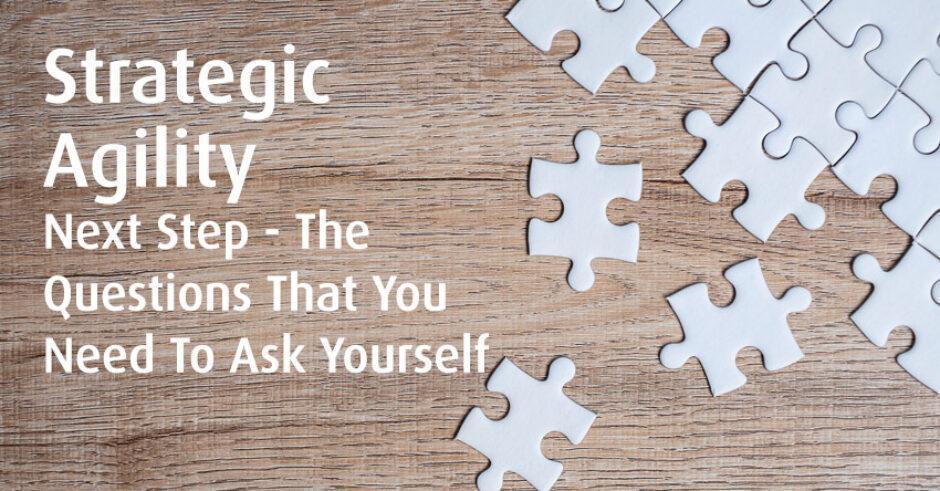In the previous five articles on Strategic Agility we looked at all the decisions that business leaders need to make in order for the business to be successful, such as choosing the right strategies, capabilities, structure, culture, leadership and accountability, with a view to helping businesses move from being market-centric to becoming a customer-centric organisation; one that is better placed to react to changes in the external environment with both speed and scale and thereby take the lead in the marketplace. However, there are a number of questions that need to be answered before you undertake to transform your organisation.
We have adapted the questions outlined in ‘Reinventing the Organization’ by Arthur Yeung and Dave Ulrich:
Do you really need to change? Looking to the future: What disruptions are likely to have an effect on your business? What new market opportunities can be created or captured? What will be the effect on growth, profit, employee retention etc, if you don’t change?
Do you know what you want to achieve? You need to know where you are going and what you want from the final outcome of the change programme. Clarification and communication is essential if you want to carry the workforce with you. Do you have a clear strategy for growth?
How will you achieve your aims? You need to work back from the goal that you wish to set and adopting the ‘right’ culture will be essential to achieving your ultimate aim. Make sure that you have the right leaders in place; people who are adept at successfully delivering results; have an understanding of the business and who understand the need for transformation. Have you designed the right organisational structure to be able to support a ‘commitment to growth’ mindset throughout?
Do you have a reasonable chance of success? Confidence comes from clarity about the why, what and how (discussed above). There is a need for an unfailing commitment from the top and leadership throughout. Consider the whole picture; piece-meal changes will not deliver sustained impact. Ensure that you have mapped out the internal and external interactions required for success. Produce a holistic blueprint to guide the transformation and constantly track and review your progress.
Through our own experience and research, we know that for organisations to take the lead in the marketplace, there is a need for businesses to move away from hierarchical structures that foster conformity and stifle collaboration, innovation and creativity, to a more customer-orientated ecosystem that thrives in the marketplace by setting the bench-mark rather than following others.
In case you are confused by our take on market-orientation and customer-orientation; as a consultancy we consider market-orientation to lean more towards the investor rather than the customer. In our view it is the customer that will have the biggest effect on the Return on Investment (ROI) and the Bottom Line (Profit). Ensuring that we exceed customer expectation provides a benefit to all stakeholders – investors, customers, employees and society.
We have seen so many companies that have undertaken a restructuring programme purely with ‘cost-cutting’ in mind. This might free up cash at that particular time; but it does not increase profit. How many companies have ‘gone to the wall’ through the lack of innovation and foresight – where profit has come down to start eating into the cash surplus brought about by such cost-cutting exercises because the market has overtaken them.
Have you chosen the right strategies, capabilities, structure, culture, leadership and accountability, with a view to becoming a customer-centric organisation?
If you haven’t already, you can read Part 1, Part 2, Part 3, Part 4 and Part 5 of the series here.





